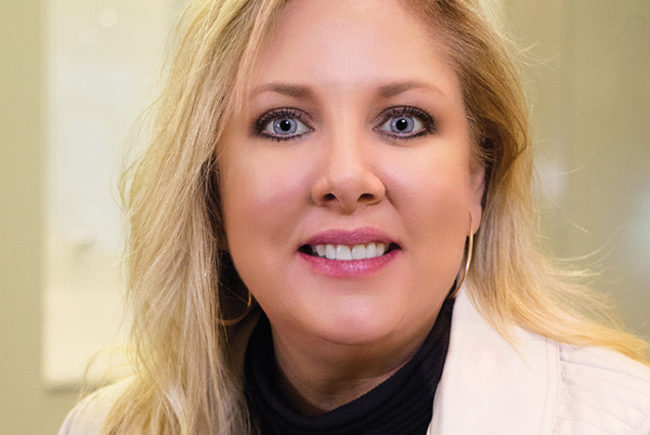When I first started at Health Facilities Management (HFM), one health care veteran told me that the only facilities regulated more than hospitals were nuclear power plants. Whether that’s literally true or not, there is no doubt that the people who keep health facilities running must comply with a vast number of codes, standards and guidelines.
In this issue of HFM, for example, is news about the National Fire Protection Association (NFPA), Facility Guidelines Institute, ASHRAE, the Centers for Medicare & Medicaid Services, Federal Communications Commission, the Centers for Disease Control and Prevention, Environmental Protection Agency and others that directly pertains to hospital design, construction and operations.
As overwhelming as it must seem sometimes, health facilities professionals have a number of resources to help them navigate the regulatory maze, such as consulting assistance, published materials and professional societies. Moreover, they also have the ability to influence some regulations as they are being developed.
This was demonstrated last month at the NFPA Technical Meeting held in conjunction with the NFPA Conference & Expo, when nearly 100 American Society for Healthcare Engineering (ASHE) members and others from the health care field who are NFPA voting members helped to pass a number of proposed changes under consideration for the next editions of NFPA 101, Life Safety Code, and NFPA 99, Health Care Facilities Code.
One victory was the expansion of smoke compartment maximum space limits to 40,000 square feet from the current 22,500 square feet, providing hospitals with greater flexibility in creating single-patient rooms. Other important changes can be found in the recap written by Chad Beebe, AIA, FASHE, ASHE deputy executive director.
Regulatory compliance is more transactional than many facilities professionals may realize and many organizations want input from those with real-world experience. So, think about the regulations that most affect your operation and determine how to get involved in their formulation. It’s not often that you can help write the rules under which you’ll be operating.
Mike Hrickiewicz is editor of Health Facilities Management.





